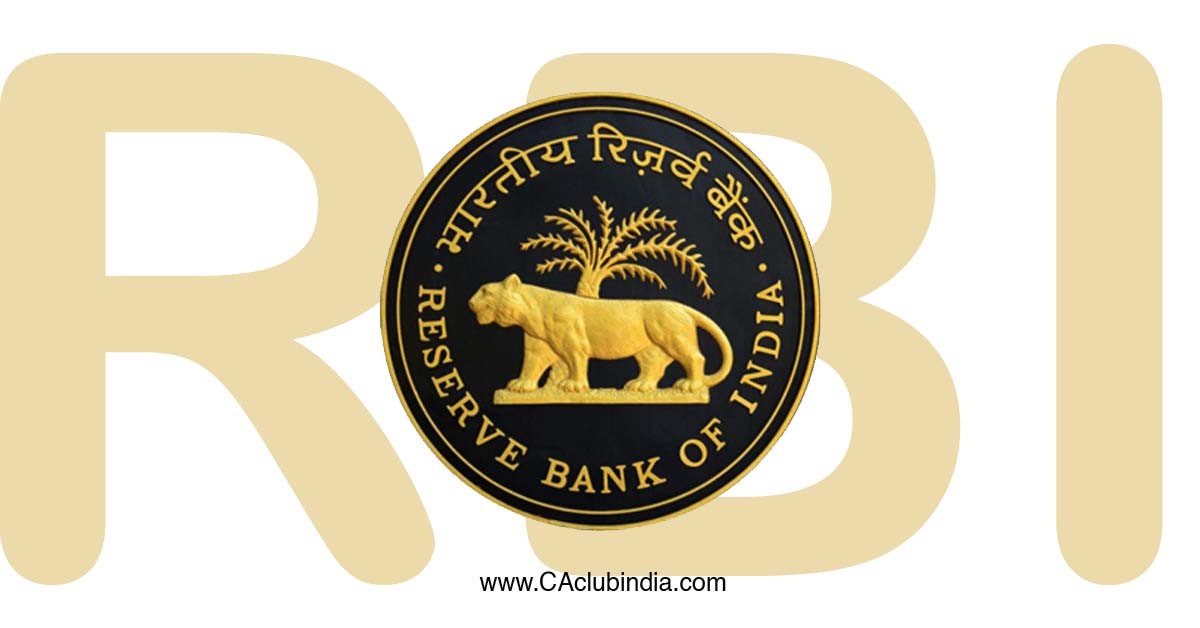"Pursuit of financial stability as a formal objective entails two broad aspects: first, the process aspect - rigorous, comprehensive and continuous systemic assessment of risk buildup across the financial system and second, the outcome aspect - having the necessary institutional and instrumental arrangements to take effective regulatory, supervisory and other policy measures to address the identified risks."
The following points are the highlights of the Financial Stability Report on the resilience of the Indian financial system and risks to financial stability as stated by RBI.

"Elevated economic and trade policy uncertainties are testing the resilience of the global economy and the financial system.
Financial markets remain volatile, especially core government bond markets, driven by shifting policy and geopolitical environment. Alongside, existing vulnerabilities such as soaring public debt levels and elevated asset valuations have the potential to amplify fresh shocks.
Despite an uncertain and challenging global economic backdrop, the Indian economy remains a key driver of global growth, underpinned by sound macroeconomic fundamentals and prudent macroeconomic policies.
The domestic financial system is exhibiting resilience fortified by healthy balance sheets of banks and non-banks. Financial conditions have eased supported by accommodative monetary policy and low volatility in financial markets. The strength of the corporate balance sheets also lends support to overall macroeconomic stability.
The soundness and resilience of scheduled commercial banks (SCBs) are bolstered by robust capital buffers, multi-decadal low non-performing loans ratio and strong earnings.
Results of macro stress tests affirm that most SCBs have adequate capital buffers relative to the regulatory minimum even under adverse stress scenarios. Stress tests also validate the resilience of mutual funds and clearing corporations.
Non-banking financial companies (NBFCs) remain healthy with sizable capital buffers, robust earnings and improving asset quality.The consolidated solvency ratio of the insurance sector also remains above the minimum threshold limit."
The growth of economy matrix indicates that Lenders are reasonably placed well with regard to measures of capital adequacy, liquidity risks as macro-economic fundamentals remain strong.The Reserve Bank of India has projected real GDP growth at 6.5 per cent for 2025-26, maintaining the same rate as estimated for 2024-25, following a strong expansion of 9.2 per cent in the preceding year. "On the investment side, activity is gaining pace on the back of higher capacity utilisation, continued government focus on infrastructure, and strong balance sheets of banks and corporates. Easing financial conditions have also aided this recovery. While services exports are likely to remain steady, merchandise exports could face headwinds from global uncertainties and trade disruptions. Looking ahead, the RBI has projected real GDP growth at 6.7 per cent for 2026-27, suggesting continued recovery momentum."Taking in to consideration the current scenario, since country's macroeconomic fundamentals remain strong and inflation is being harmless, inflation for 2025-26 is projected at 4.0 per cent.
However, RBI Governor Sanjay Malhotrawhile affirming India still is the key driver of global growth, raised concern about increased Near-Term Global financial stability risks, financial markets remaining highly sensitive, external spillovers and the probability of weather-related events posing downside risks to growth. Regarding financial sector, he expressed his anxiety regarding weak credit demand due to trade disruptions and growth uncertainties on account of national and global market and geopolitical scenario, drop in savings and current accounts share increasing funding costs, slippages in unsecured retail loans remaining high, microfinance sector showing rising stress and falling credit flow, delinquencies found in the housing sector, increasing cyber security risks, increasing AI powered phishing, deepfakes etc.
"The announcement of large tariffs by the U S administration in April has set in motion of a new paradigm in trade and economic policy" RBI governor added and further said, "The turbulence in April was a stark reminder of how existing vulnerability in the global financial system are amplified by sudden shocks.
RBI Governor Malhotra expressed his optimism that in spite of the national and global challenges, the stress tests suggest that Indian financial sector would remain stable even under adverse scenarios. He exhorted the regulators to be "vigilant, prudent and agile" under the existing tiring and prevailing vulnerable economic ecosystem and "to remain committed to protecting customers, promoting competition and fostering innovation"







 CAclubindia
CAclubindia
